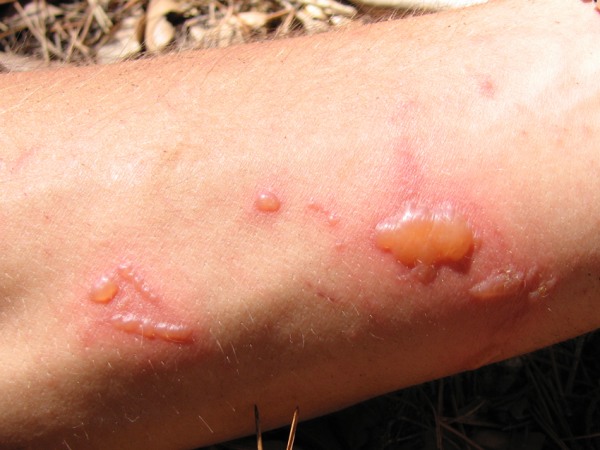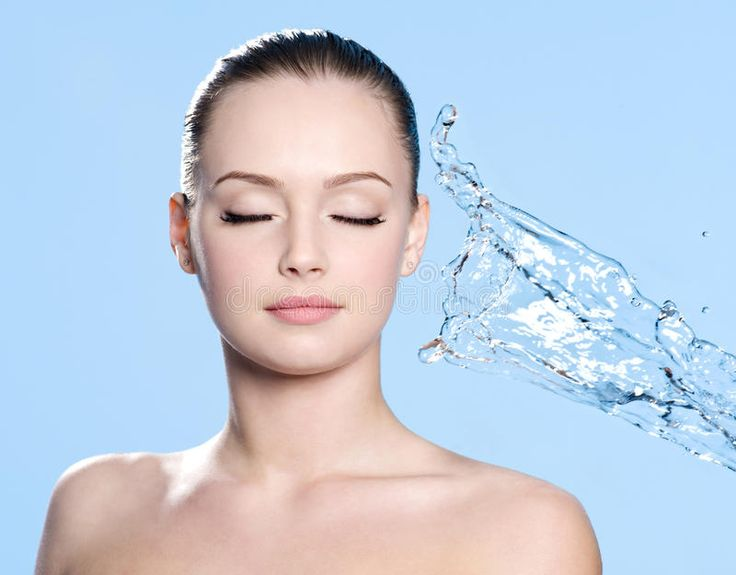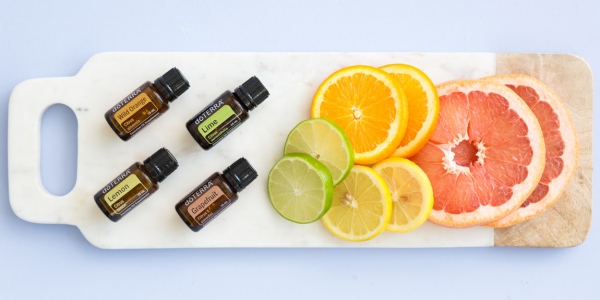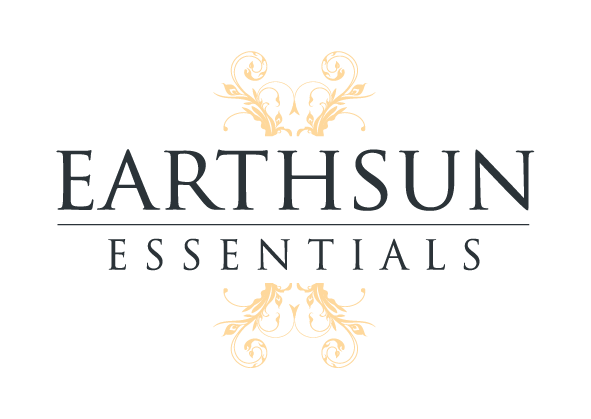Essential Oil Safety, Essential Oils, Guide to Oils
Essential Oils and the Sun – What to Avoid?
Spring is here, the sun is shining, and it’s the time of year when many of us just love to be outside. As you lather on the sunscreen, don’t neglect to check whether your favourite essential oils are safe to use in the sun.
You may be aware that, whilst essential oils are amazing additions to your daily routine and can provide a multitude of benefits to your well-being, there are certain precautions to be followed while using pure essential oils.
You might have noticed that some essential oils include safety guidelines, such as ‘avoid exposure to sunlight for 12 hours after application.’ This is because some essential oils are phototoxic and can be harmful to you health.
Here, we will look into why some range of essential oils have this warning, which essential oils react with the sun, what happens when they do, and how to use these essential oils safely.
What are photosensitivity and phototoxicity?

Photosensitivity is a heightened skin sensitivity or an unusual reaction to exposure to UV rays. This happens as a result of something that has been applied to the skin. It can also be caused by certain medical conditions, medications, or genetic disorders.
The most common type of photosensitive reaction is a phototoxic reaction. This occurs when something that you have applied to your skin is activated by exposure to UV light. Photosensitivity elevates your risk of skin damage from the sun.

Many citrus essential oils contain compounds known as furanocoumarins, which severely enhance UV sensitivity. Whilst most photosensitive essential oils are from the citrus family, other range of essential oils can also contain compounds or combinations of compounds that produce the same effect as furanocoumarins.
Phototoxicity can be reduced to a great extent by using carrier oils like coconut oil or jojoba oil.
Which essential oils are photosensitive?

Some essential oils, such as cold-pressed citrus oils like lemon, are phototoxic or photosensitive. This only applies when they are used topically as part of aromatherapy for revitalising the body. They do not present the same risk when taken internally, or used with a diffuser to spread the fragrance.
You should always check the specific safety advice for each essential oil that you use. However, some of the essential oils that may produce photosensitive or phototoxic reactions include:
- Bergamot
- Grapefruit
- Green Mandarin
- Lemon
- Lime
- Tangerine
- Wild Orange
Which dōTERRA blends are phototoxic?
Just as with single essential oils, you should also always check the safety advice for essential oil blends. Some blends that may produce phototoxic or photosensitive reactions include:
- AromaTouch
- EasyAir
- Adaptiv
- Brave
- Cheer
- Citrus Bliss
- Citrus Bloom
- Elevation
- Forgive
- Intune
- Motivate
- OnGuard
- Purify
- Smart & Sassy
- Zendocrine
Symptoms of a phototoxic reaction
A phototoxic reaction may occur just minutes after sun exposure or several hours later, even when you are no longer out in the sun. It generally only affects areas of skin that the essential oil has been applied to which have also been exposed to the sun.
The reaction appears as damage to the skin which can look or feel similar to bad sunburn or a rash. You may notice blisters, tenderness, mild to moderate swelling, or discolouration.

If you begin to notice a phototoxic reaction whilst you are still in the sun, then the first thing that you should do is move away from UV exposure immediately. This is very important as the reaction of the essential oil may continue to get worse, even once you are no longer in the sun.

Wash the area where the photosensitive essential oil was applied with soap and water to remove any lingering traces of the essential oil that caused the reaction.
It is best to avoid applying any more essential oils, for the time being, even those that soothe the skin. Instead, apply unblended carrier oil for calming and hydrating the skin, and reduce the damage.
In most cases, you can treat a photosensitive reaction yourself in a similar way how you would treat sunburn, without needing to consult a doctor. Keep the affected area of the skin hydrated until the reaction has diminished, and make sure to replenish your fluids and stay hydrated.
You may need to see a doctor if you experience flu-like symptoms such as nausea, headache, fever with chills, weakness, or bad blistering of the skin. In such cases, you may require medical treatment beyond what is available over the counter.
How to use phototoxic oils safely
Just like with all essential oils, those which can produce a phototoxic reaction can also be extremely beneficial in a variety of ways. Therefore, you shouldn’t feel that you need to avoid them altogether. Instead, follow a few guidelines to ensure safe usage.
Always check the advice on the label and wait a minimum of 12 hours after topical application of photosensitive oils before exposing the skin to UV rays. Depending on which oil or blend you are using and your reasons for using it, it may be best to apply photosensitive oils before going to bed or just after the sun has gone down.
Photosensitive reactions to essential oils only occur when they are applied topically. You can often enjoy the same benefits by diffusing the oil, with the added perk of filling your home with a beautiful aroma. If the oil is safe to take internally this could provide another alternative, however before taking any oil internally, you should check that it is safe to do so.
Learn more about oil safety and storageHere in Australia, we are lucky to enjoy plenty of sunshine, particularly during the spring and summer months. Not to mention, the beautiful beaches and national parks of Australia that provide ample opportunities to get outside and enjoy it.
However, we are also burdened with strong UV rays. Since some essential oils can produce a negative reaction to sunlight along with providing a whole lot of benefits, it is important to always check the label and follow our tips above to ensure safe usage without having to cut your favourite oils out of your routine entirely.


